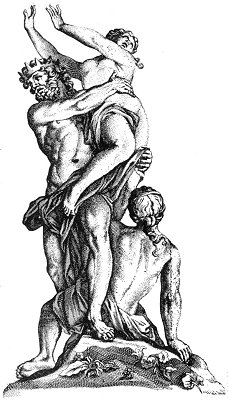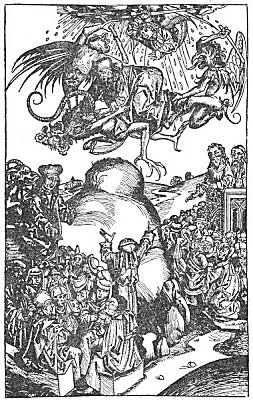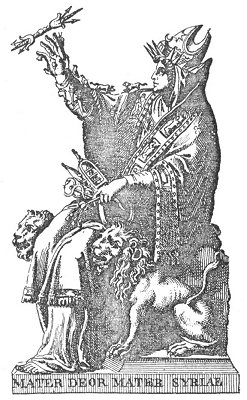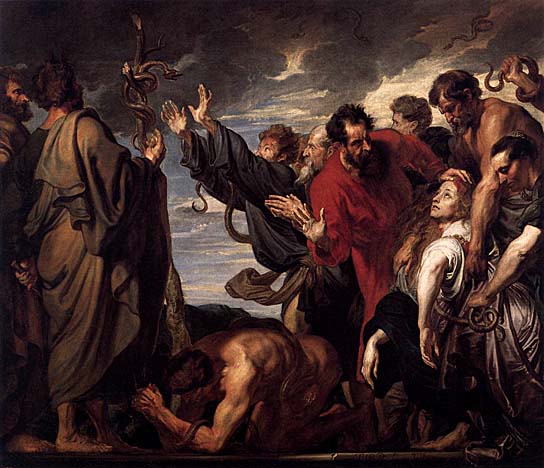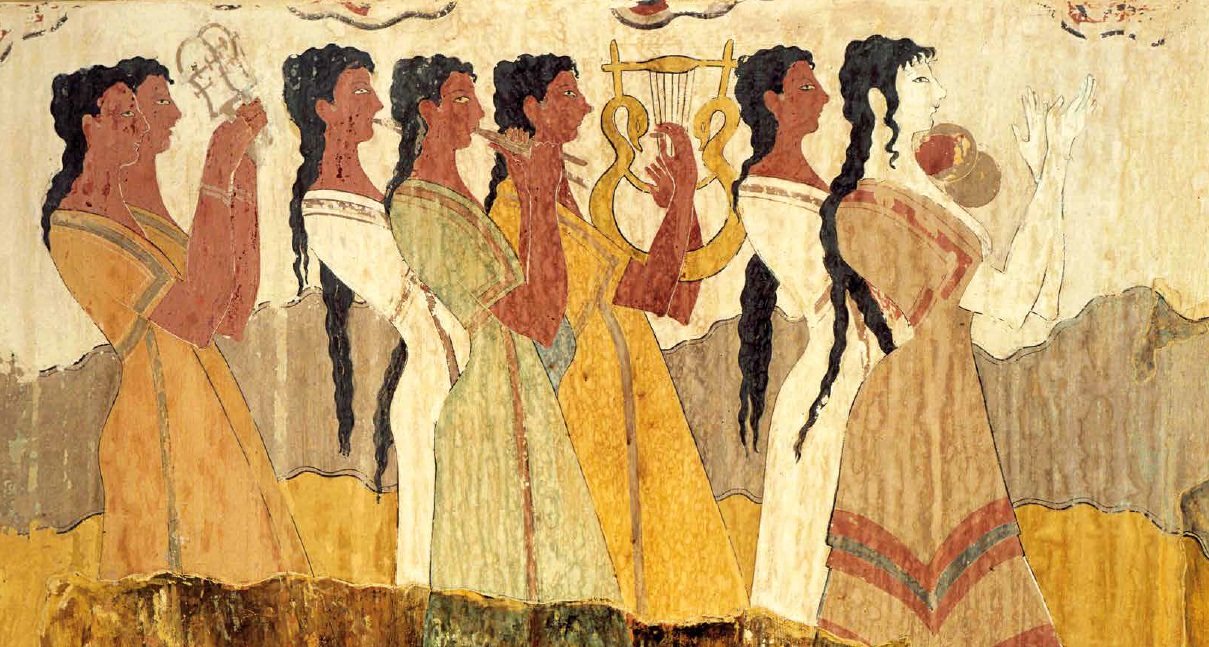To grasp the real and primitive sense of the term [[IAO]], and the reason of its becoming the designation for the most mysterious of all deities, we must search for its origin in the figurative phraseology of all the primitive people. We must first of all go to the most ancient sources for our information. In one of the Books of Hermes, for instance, we find him saying that the number TEN is the mother of the soul, and that the life and light are therein united. For “the number 1 (one) is born from the spirit, and the number 10 (ten) from matter”; “the unity has made the TEN, the TEN the unity.”
The kabalistic gematria — one of the methods for extracting the hidden meaning from letters, words, and sentences — is arithmetical. It consists in applying to the letters of a word the sense they bear as numbers, in outward shape as well as in their individual sense. Moreover, by the Themura (another method used by the kabalists) any word could be made to yield its mystery out of its anagram. Thus, we find the author of Sepher Jezira saying, one or two centuries before our era: “ONE, the spirit of the Alahim of Lives.” So again, in the oldest kabalistic diagrams, the ten Sephiroth are represented as wheels or circles, and Adam Kadmon, the primitive man, as an upright pillar. “Wheels and
Page 299
seraphim and the holy creatures” (chioth), says Rabbi Akiba. In another system of the same branch of the symbolical Kabala, called Athbach — which arranges the letters of the alphabet by pairs in three rows — all the couples in the first row bear the numerical value ten; and in the system of Simeon Ben-Shetah, the uppermost couple — the most sacred of all, is preceded by the Pythagorean cipher, one and a nought, or zero — 10.
If we can once appreciate the fact that, among all the peoples of the highest antiquity, the most natural conception of the First Cause manifesting itself in its creatures, and that to this they could not but ascribe the creation of all, was that of an androgyne deity; that the male principle was considered the vivifying invisible spirit, and the female, mother nature; we shall be enabled to understand how that mysterious cause came at first to be represented (in the picture-writings, perhaps) as the combination of the Alpha and Omega of numbers, a decimal, then as IAO, a trilateral name, containing in itself a deep allegory.
IAO, in such a case, would — etymologically considered — mean the “Breath of Life,” generated or springing forth between an upright male and an egg-shaped female principle of nature; for, in Sanscrit, as means “to be,” “to live or exist”; and originally it meant “to breathe.” “From it,” says Max Muller, “in its original sense of breathing, the Hindus formed ‘asu,’ breath, and ‘asura,’ the name of God, whether it meant the breathing one or the giver of breath.” It certainly meant the latter. In Hebrew, “Ah” and “Iah” mean life. Cornelius Agrippa, in his treatise on the Preeminence of Woman, shows that “the word Eve suggests comparison with the mystic symbols of the kabalists, the name of the woman having affinity with the ineffable Tetragrammaton, the most sacred name of the divinity.” Ancient names were always consonant with the things they represented. In relation to the mysterious name of the Deity in question, the hitherto inexplicable hint of the kabalists as to the efficacy of the letter H, “which Abram took away from his wife Sarah” and “put into the middle of his own name,” becomes clear.
It may perhaps be argued, by way of objection, that it is not ascertained as yet at what period of antiquity the nought occurs for the first time in Indian manuscripts or inscriptions. Be that as it may, the case presents circumstantial evidence of too strong a character not to carry a conviction of probability with it. According to Max Muller “the two words ‘cipher’ and ‘zero,’ which are in reality but one . . . are sufficient
Page 300
to prove that our figures are borrowed from the Arabs.” Cipher is the Arabic “cifron,” and means empty, a translation of the Sanscrit name of the nought “synya,” he says. The Arabs had their figures from Hindustan, and never claimed the discovery for themselves. As to the Pythagoreans, we need but turn to the ancient manuscripts of Boethius’s Geometry, composed in the sixth century, to find in the Pythagorean numerals the 1 and the nought, as the first and final cipher. And Porphyry, who quotes from the Pythagorean Moderatus, says that the numerals of Pythagoras were “hieroglyphical symbols, by means whereof he explained ideas concerning the nature of things.”

Moe is the founder of GnosticWarrior.com. He is a father, husband, author, martial arts black belt, and an expert in Gnosticism, the occult, and esotericism.


